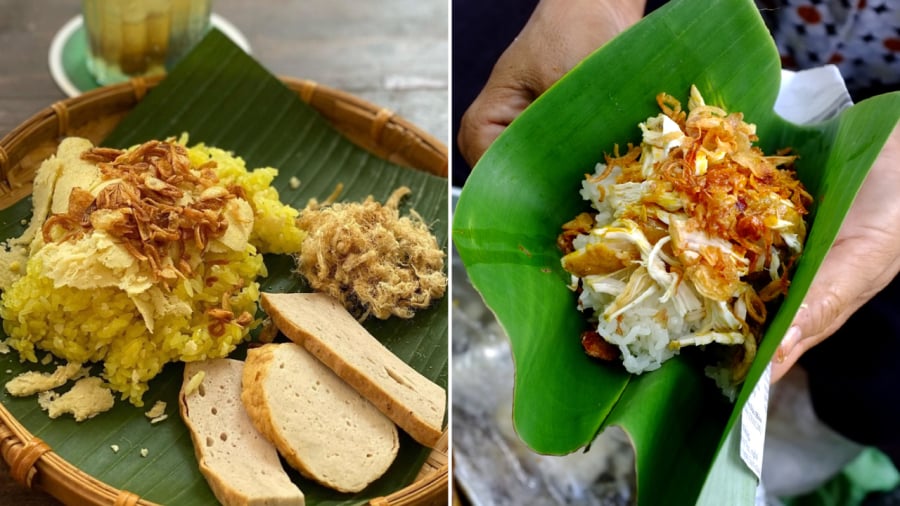Sticky rice is a familiar dish in Vietnamese cuisine, often enjoyed as a breakfast meal or featured in celebratory feasts during holidays and special occasions. This delicious dish is primarily made from sticky rice, also known as glutinous rice, and is often paired with various toppings and side dishes. While sticky rice is a beloved part of Vietnamese culture, it may not be suitable for everyone’s diet.
Nutritional Value of Sticky Rice
From a nutritional standpoint, sticky rice is a good source of carbohydrates, providing the body with energy. Additionally, according to Dr. Bui Thi Yen Nhi from Ho Chi Minh City University of Medicine and Pharmacy, sticky rice contains protein, amino acids, fat, calcium, phosphorus, iron, and vitamins B1 and B6.
The calcium content in sticky rice contributes to stronger bones and teeth. Vitamins B1 and B6 can help improve appetite, treat insomnia, and support the nervous system. Traditional medicine also considers sticky rice to have a sweet taste and a warming effect on the body. It is classified as a tonic and is believed to benefit the lung, spleen, and stomach meridians.

Who Should Avoid Eating Sticky Rice?
- People with Stomach and Intestinal Inflammation
The amylopectin starch found in sticky rice can be difficult to digest and may stimulate stomach contractions and increased acid secretion. Therefore, it is not recommended for individuals with acute stomach and intestinal inflammation, those who have recently undergone digestive surgery, or those with tumors in the digestive tract.
Instead, these individuals should opt for easily digestible foods such as porridge or soup.
- People Recovering from Illness
The sticky nature of sticky rice, due to the amylopectin starch, can cause a feeling of fullness and indigestion. Therefore, it is advisable for those with weak digestion, the elderly, and children to limit their consumption of sticky rice to avoid discomfort.
Additionally, for those with abscesses or those who have recently undergone surgery, sticky rice may cause inflammation and pus formation. It is best to refrain from consuming sticky rice until the wound has healed.
- Overweight and Obese Individuals
Sticky rice is not a suitable choice for those aiming to lose weight. The dish is typically prepared with additional ingredients such as peanuts, black beans, green beans, coconut shavings, or coconut milk, and often accompanied by meat or eggs, resulting in a high-calorie meal. A single serving of sticky rice (excluding side dishes) can provide up to 600 calories, while a bowl of pho typically contains around 400 calories.
Individuals aiming to maintain or lose weight are advised to limit their consumption of sticky rice as it is akin to consuming a large amount of white rice, which can easily lead to weight gain.
- People with Diabetes and High Blood Fat
Sticky rice, being high in starch, fat, and with a higher glycemic index than regular rice, can make it challenging for individuals with diabetes and high blood fat to manage their conditions. Therefore, it is advisable for those with these conditions to refrain from consuming sticky rice and other dishes made from sticky rice.
Whether sweet or savory, sticky rice dishes tend to be rich in carbohydrates and sodium, which are not suitable for individuals with diabetes, high blood fat, or obesity. Additionally, those with a fever, cough with yellow phlegm, or abdominal distension should also avoid consuming sticky rice.
While sticky rice is a beloved part of Vietnamese cuisine, it may not be suitable for everyone. Individuals with weight concerns, diabetes, high blood fat, or digestive issues are advised to limit or avoid consuming sticky rice to maintain their health and well-being.



































